Buried Secrets of a 13th-Century Massacre: What Archaeologists Discovered Beneath the ‘City Drowned in Blood’

Moscow Institute of Physics and TechnologyNearly 300 bodies were buried across nine pits. The son, mother, and grandmother were buried in a pit of 15 people.
For Asya Engovatova, deputy director of the Institute of Archaeology at the Russian Academy of Sciences and head of the Yaroslavl excavation, the evidence uncovered there clarifies why the story of its conquest became common knowledge among Russians.
“Batu Khan’s conquest was the greatest national tragedy, surpassing any other event in cruelty and destruction,” she said. “It is not by chance that it is among the few such events that made its way into the Russian folklore.”
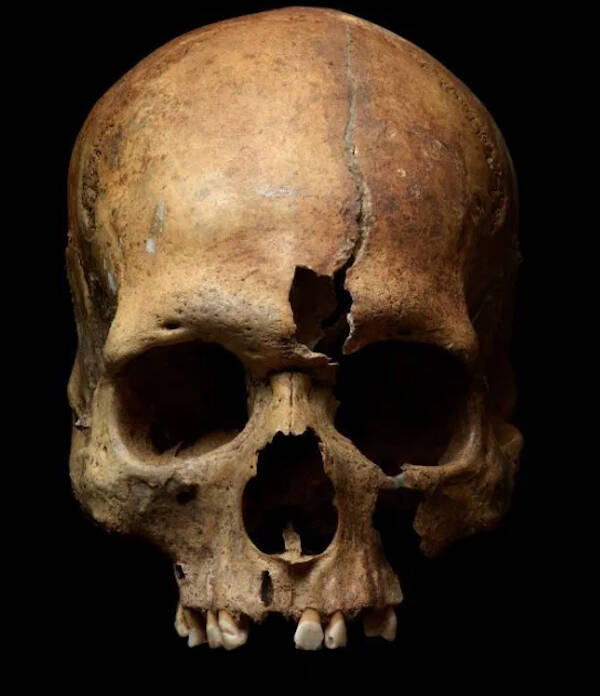
Moscow Institute of Physics and TechnologyThe skulls and bones all showed signs of violence. They were either punctured, broken, burned, or a combination of all three.
The brutality that has made the conquest of Yaroslavl unforgettable for many Russians was certainly on display in the way the victims’ bodies were treated after death.
Prior analysis suggested that the three family members, for example, were buried in February 1238. But recent evidence in the form of preserved maggots in their remains indicated otherwise. In fact, new evidence shows that the bodies were probably decomposing in the open air for months before they were buried.
“These people were killed, and their bodies remained lying in the snow for a fairly long time,” Engovatova said. “In April or May, flies started to multiply on the remains, and in late May or early June, they were buried in a pit on the homestead, which is where they probably had lived.”
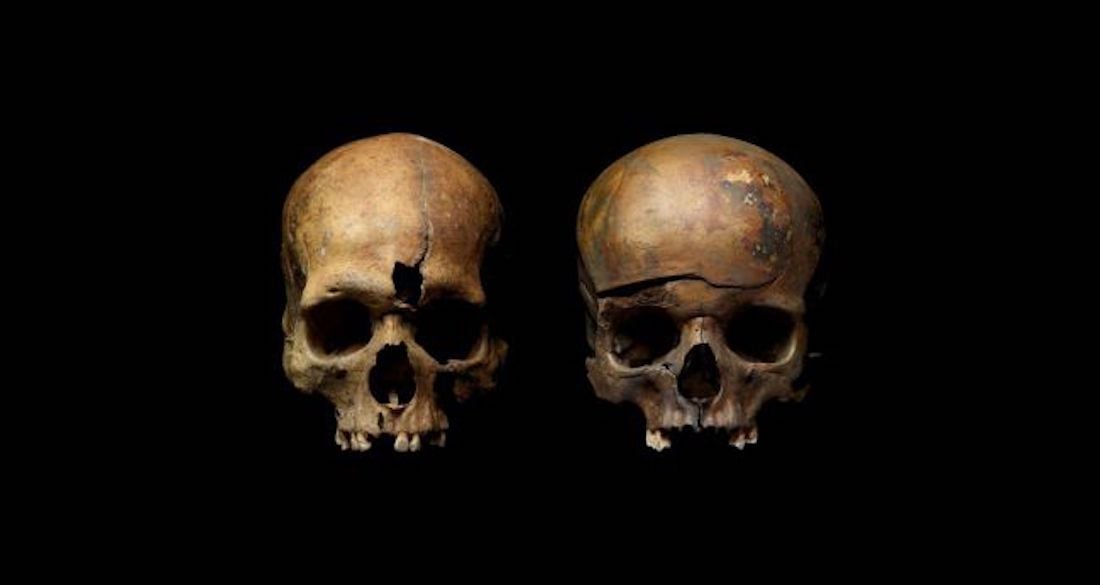
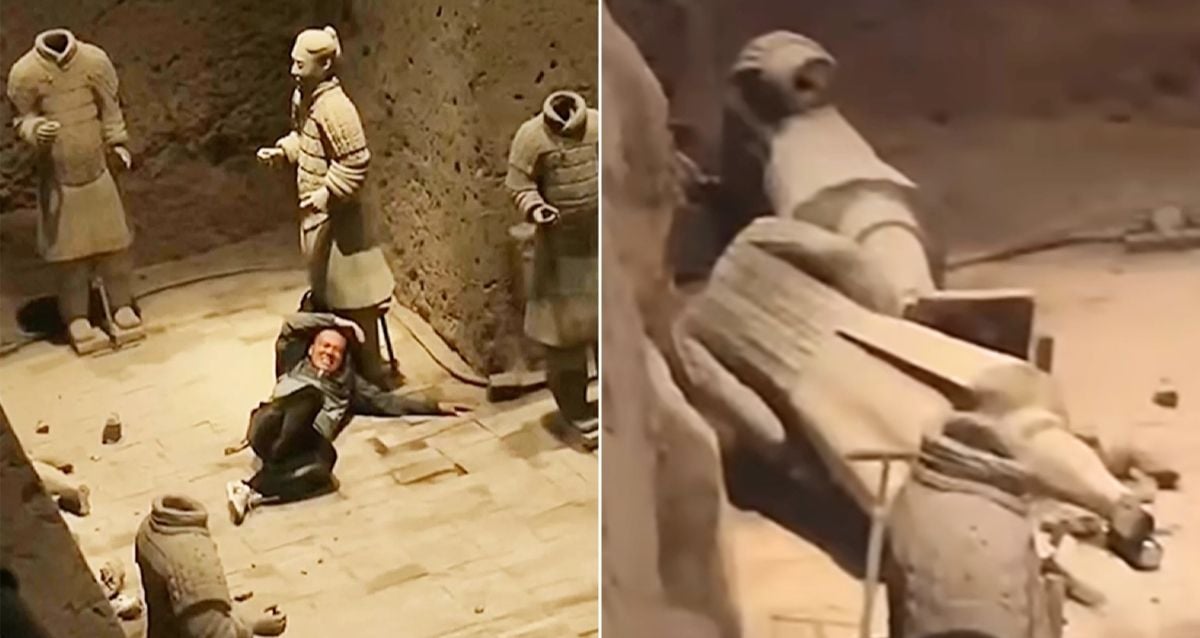
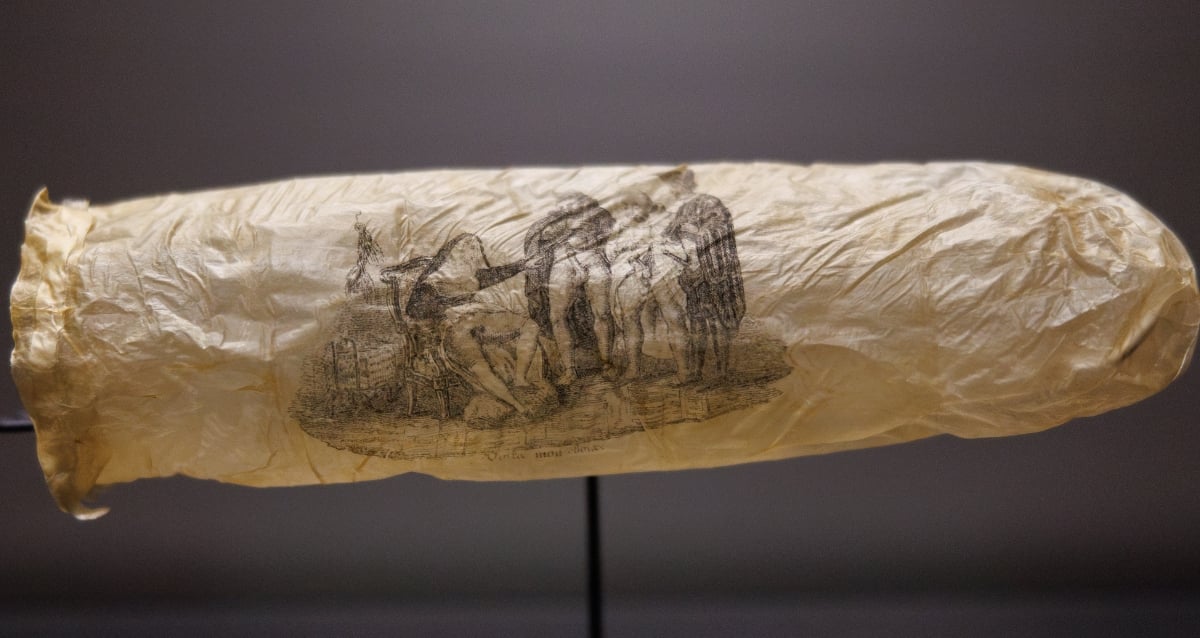
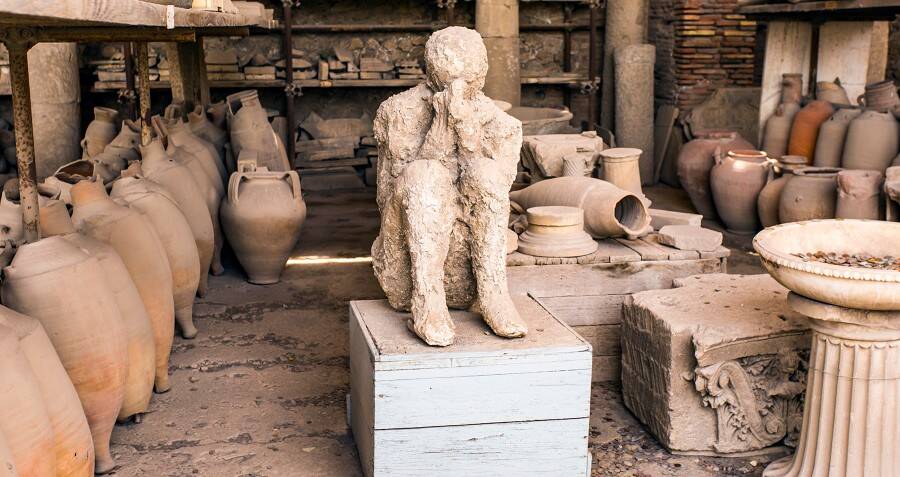









Post Comment